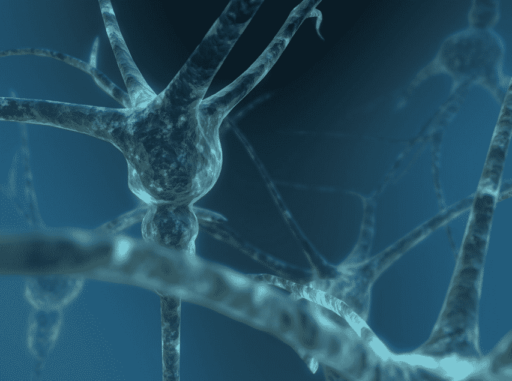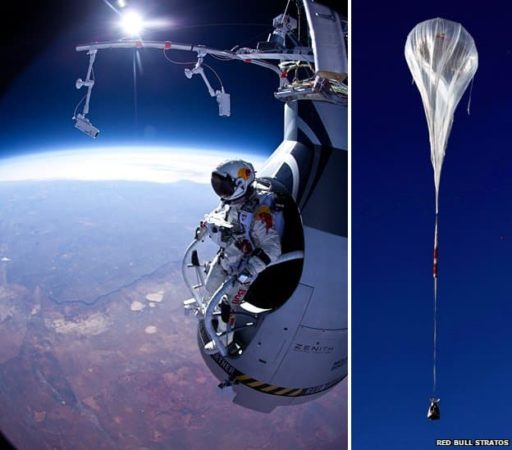A new discovery has shown that human stem cell transplants can successfully restore insulin production and reverse diabetes in mice for the first time. Researchers from the University of British Columbia in Vancouver implanted human stem cells into mice with diabetes. This discovery could open breakthrough treatments for a disorder that affects more than 285 million people worldwide.
Scientists from University of British Columbia (UBC) and the New Jersey-based BetaLogics, a division of Janssen Research & Development, LLC, conducted an experiment using stem cell transplant on mice. Timothy Kieffer, a professor in the Department of Cellular and Physiological Sciences, led the study. All the mice that they used had weakened immune systems, which prevented their bodies from rejecting the transplant. Once the transplant was complete, the mice were slowly weaned off insulin therapy. According to the study published in the journal Diabetes, insulin therapy is a procedure designed to mimic human clinical conditions.
The mice gained the ability to produce their own insulin in response to their bodies’ need as well as to maintain a normal level of sugar in their blood after eating a large amount of sugar. After 3-4 months, researchers removed the transplanted cells from the mice and found that the cells had many of the features of normal insulin-producing cells.
Earlier research published in the Journal of the American Medical Association mentions that “Type 1 Diabetes” can be successfully reversed by injecting patients with their own stem cells. But, other studies have found that stem cell transplantation can only temporarily treat diabetes because anywhere from half a year to three years after transplantation, the patient’s immune system often begins rejecting and attacking transplanted insulin-producing cells.
The research demonstration can be very potential for stem cell transplantation to cure for diabetes. But the research is not complete yet. More research needs to be done before the procedure can be tested in humans.
Source : Science Daily
Special Thanks To : Neuroscience, Diabetologia, Direct-ms
[ttjad keyword=”best-selling-gadget”]



